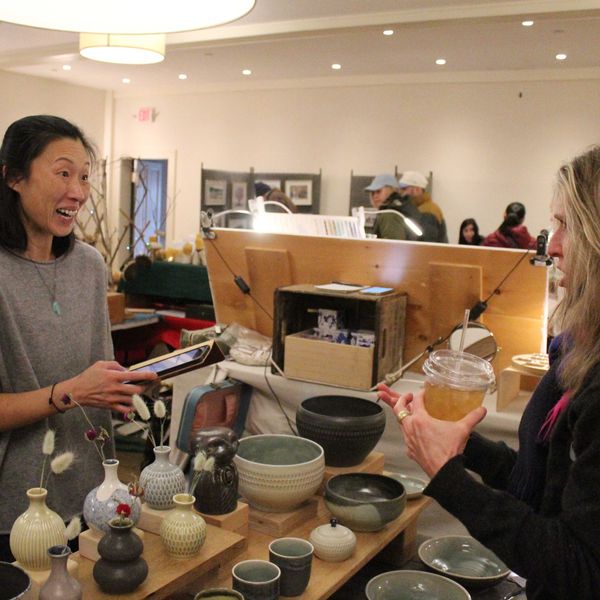The evolution of Millerton’s Main Street

The orange awning with the large white block letters spelling Saperstein’s had become synonymous with the village of Millerton during the past seven decades, and it took locals a long time to get used to it being gone once the sign was removed. Photo from Millerton News archives

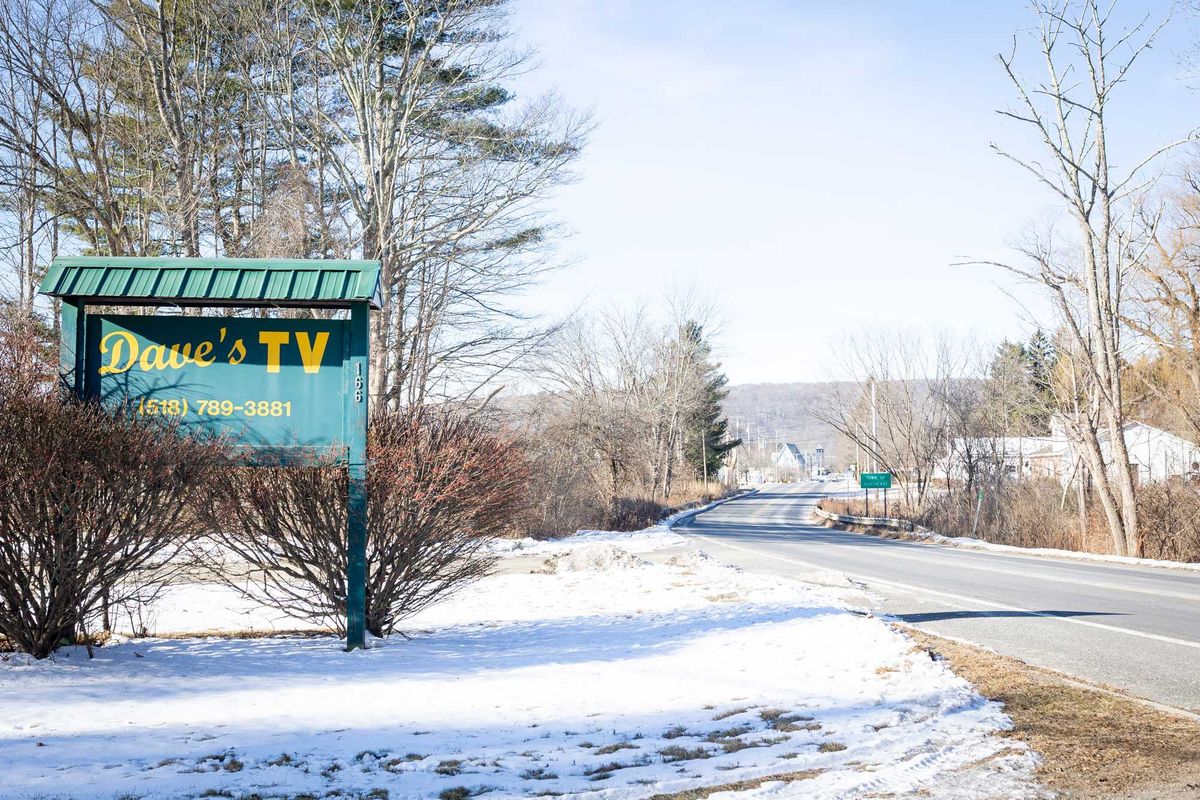
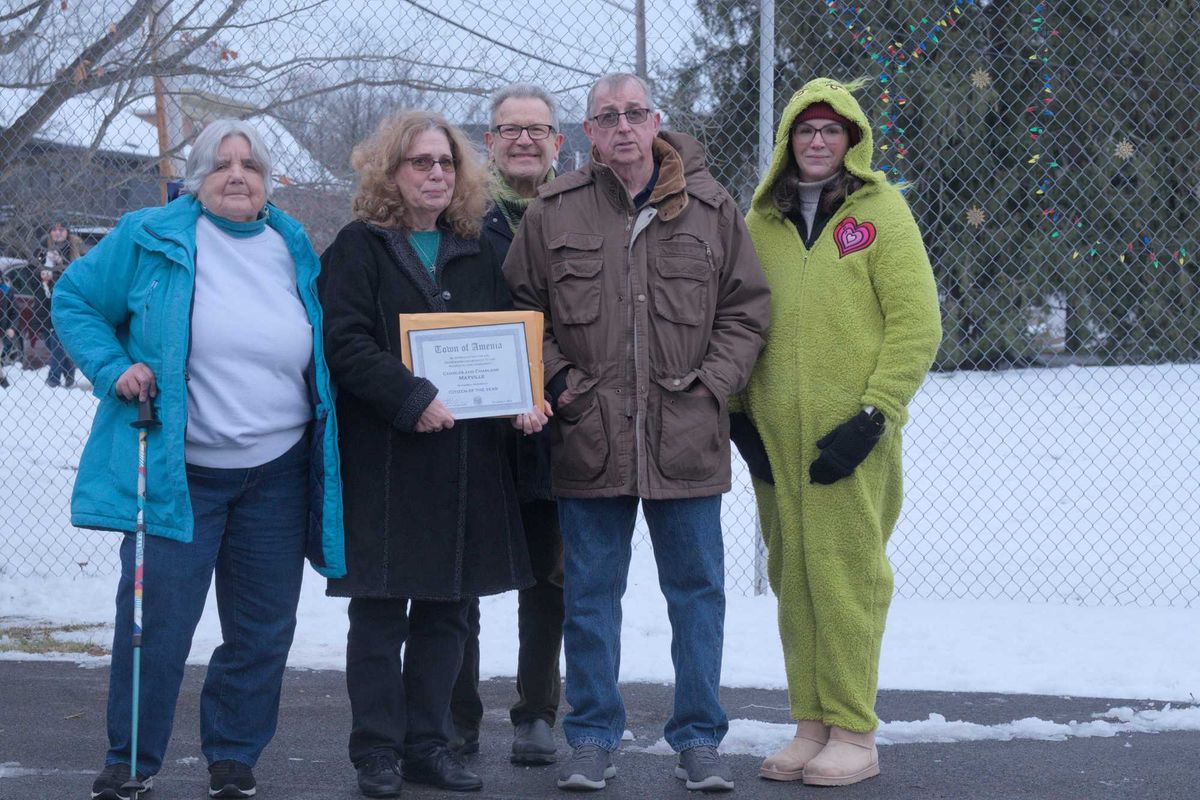
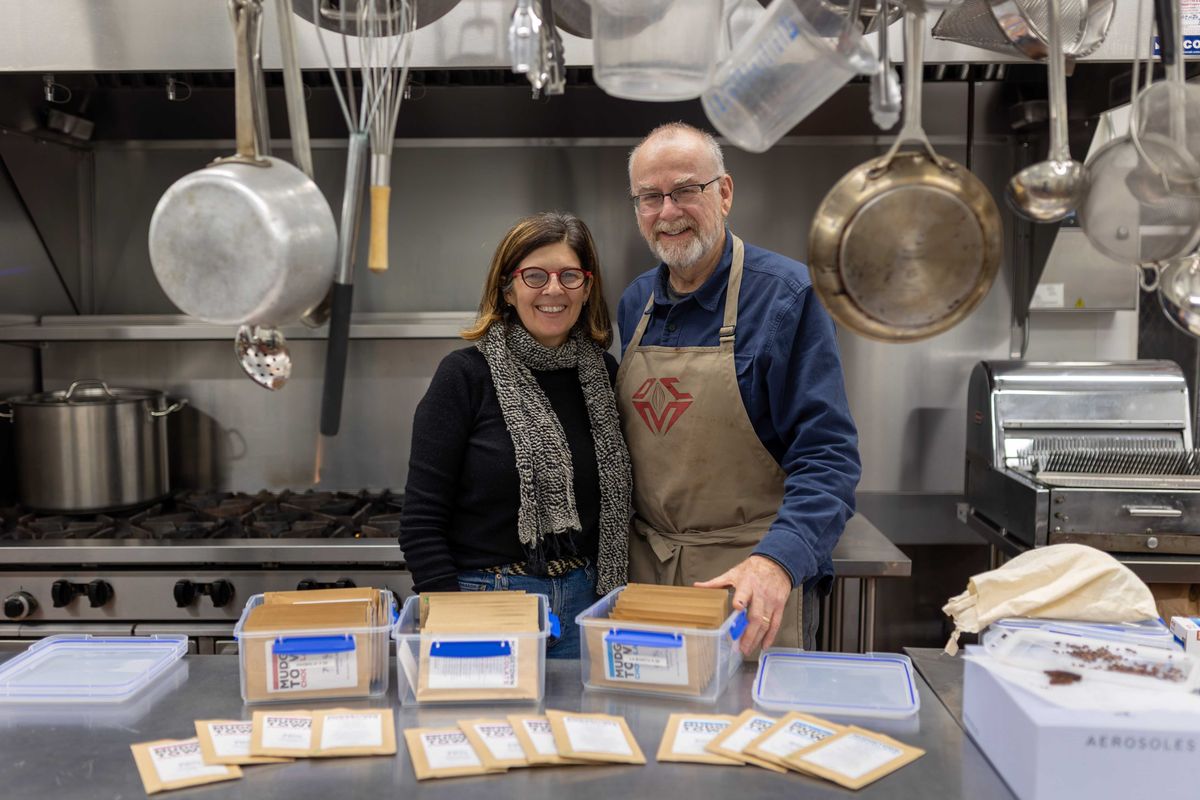
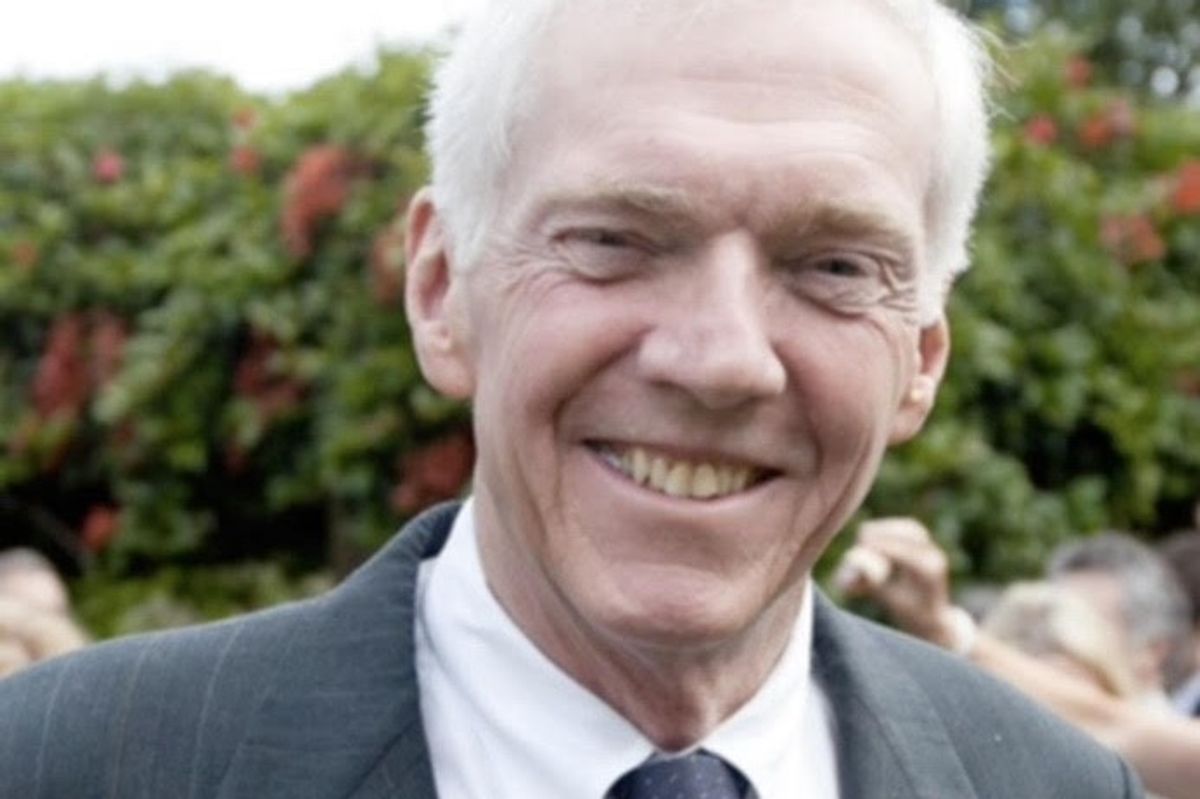



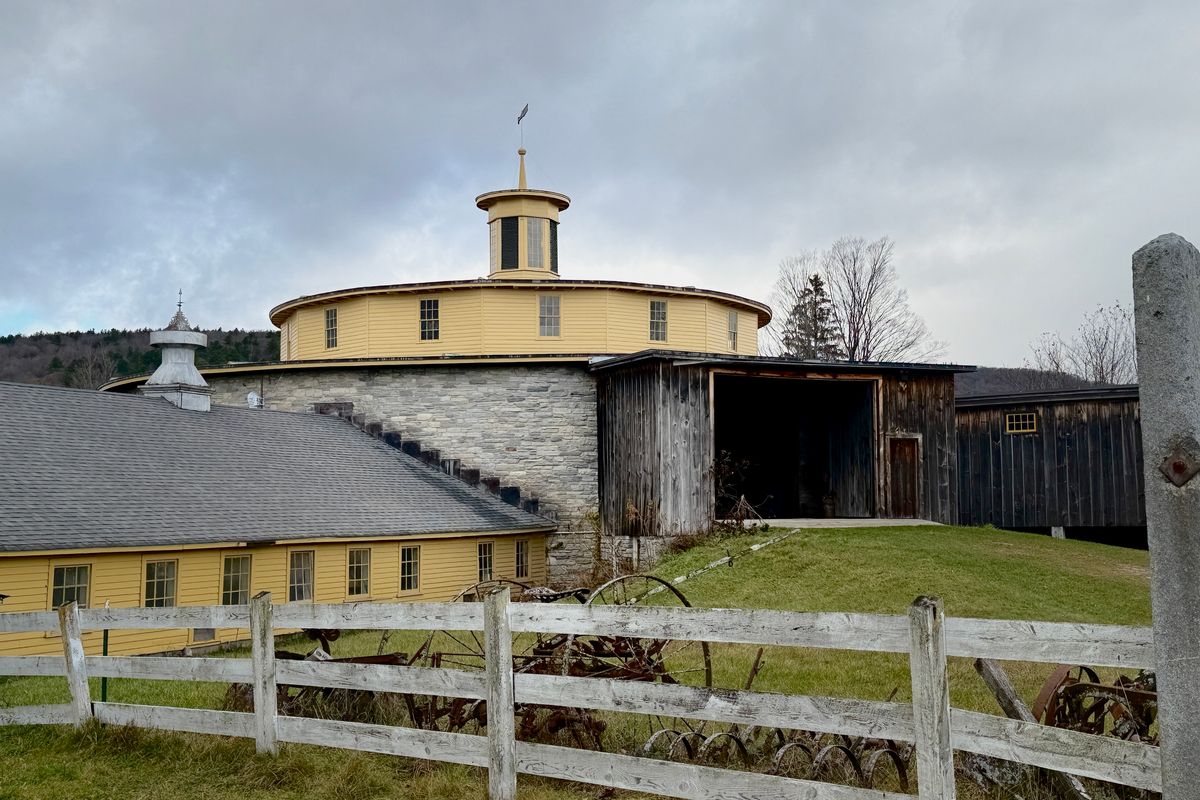
 Shakers referred to their farm as the City of Peace.Jennifer Almquist
Shakers referred to their farm as the City of Peace.Jennifer Almquist
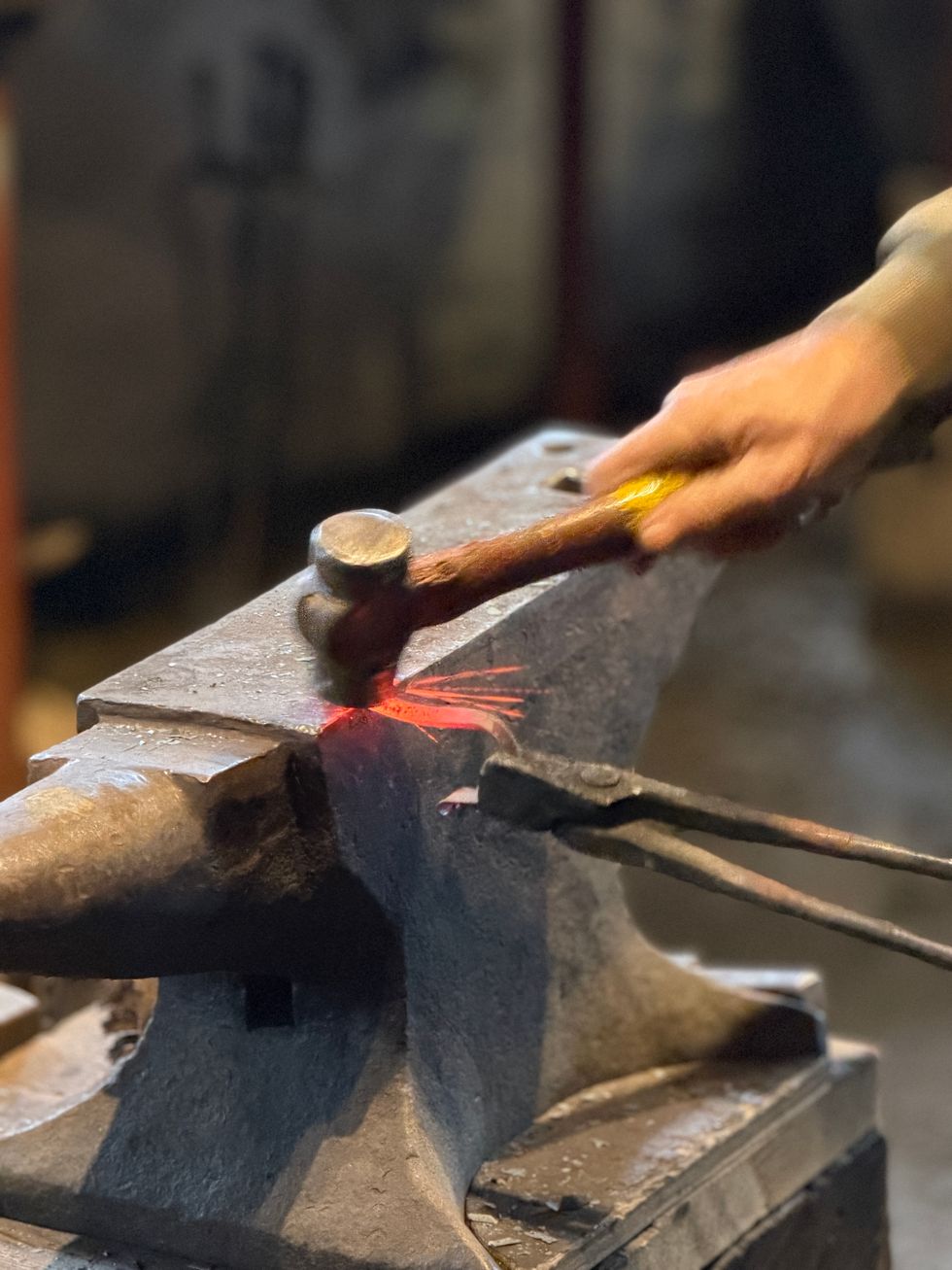
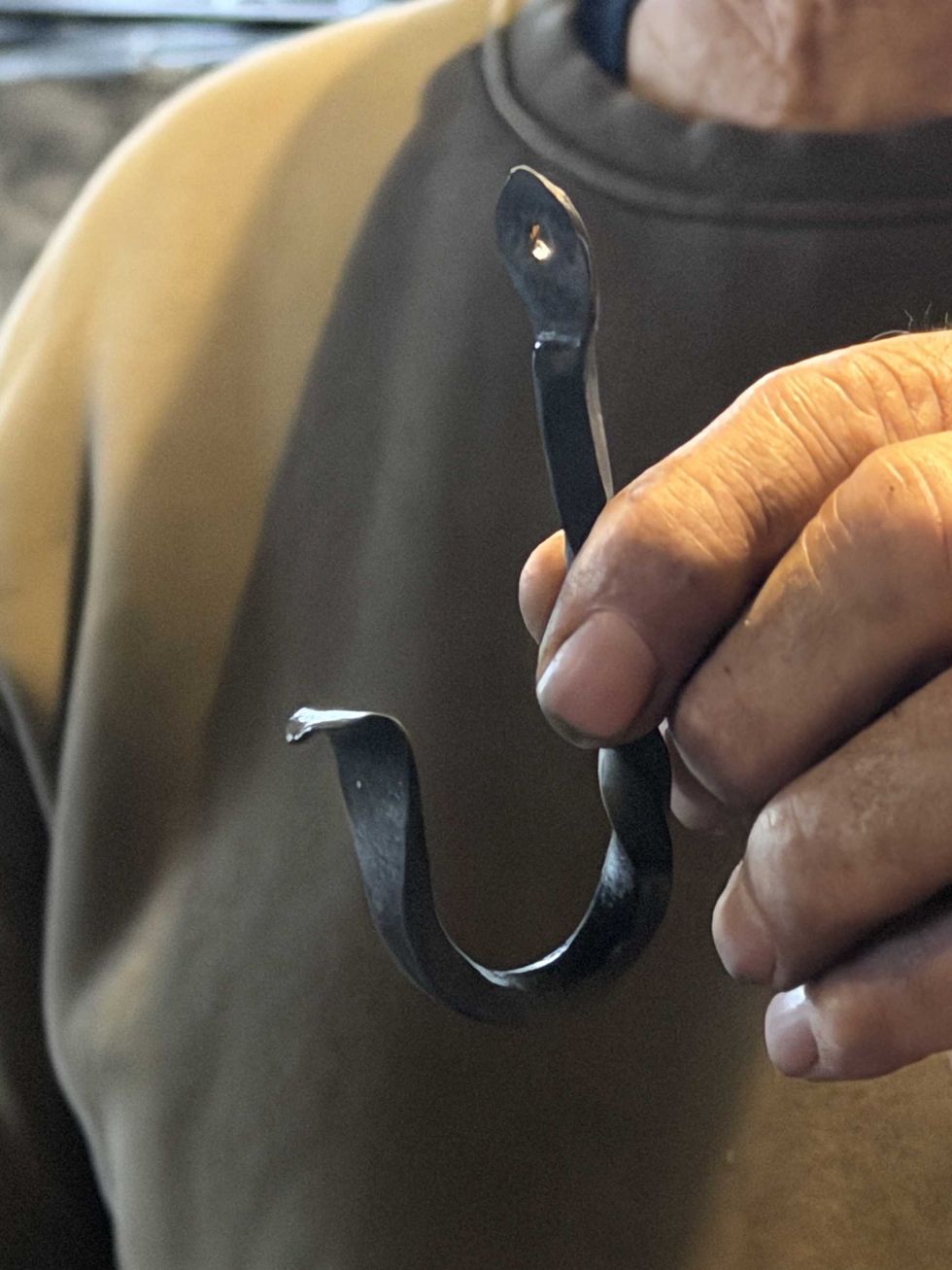
 A Shaker chair.Jennifer Almquist
A Shaker chair.Jennifer Almquist The Shakers embraced practical designs of great utility and beauty.Jennifer Almquist
The Shakers embraced practical designs of great utility and beauty.Jennifer Almquist
 Interior of Lakeville Books & Stationery.Provided
Interior of Lakeville Books & Stationery.Provided



